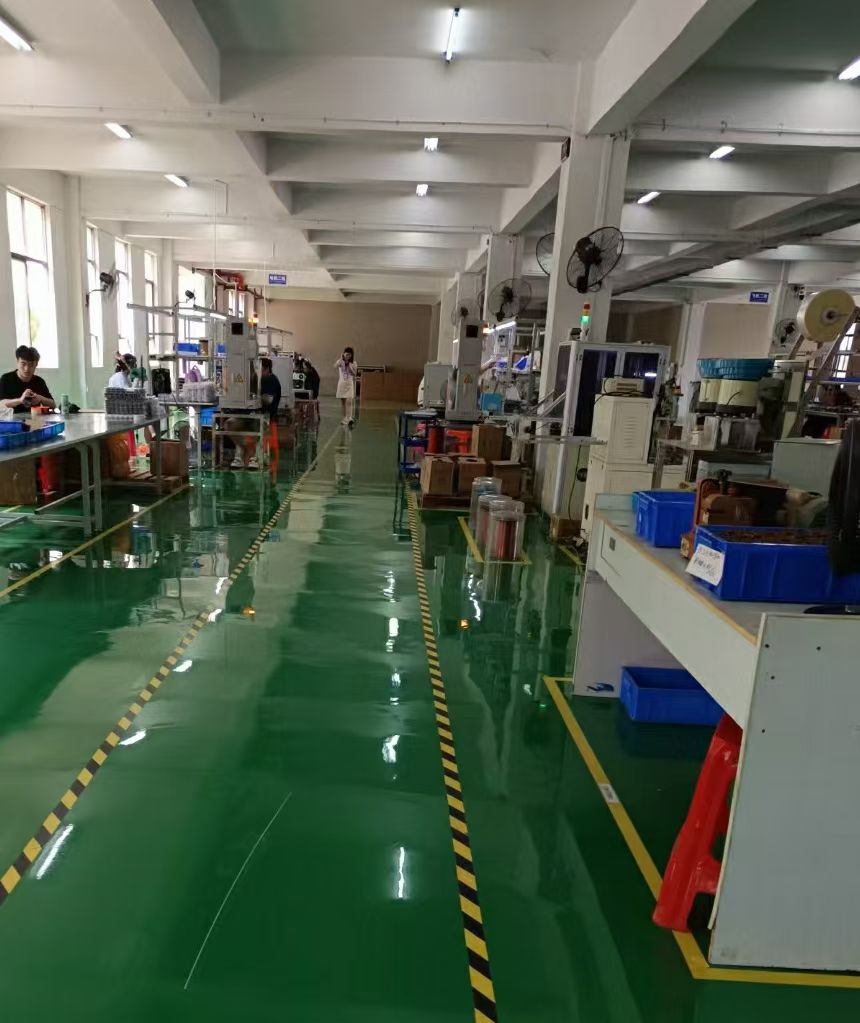
Yemen, a nation once celebrated for its ancient agricultural heritage, now grapples with acute food insecurity, compounded by decades of conflict, infrastructure collapse, and climate stress. Over 17 million Yemenis—nearly 60% of the population—face acute hunger, while 70% rely on agriculture for their livelihoods. In a country where 80% of farmland is fragmented into small, rain-fed plots and traditional farming methods struggle against drought and labor shortages, Chinese agricultural drones are emerging as a quiet but powerful force, redefining how Yemen revives its agricultural potential and feeds its people.
Yemen’s Agricultural Crisis: A Perfect Storm
Yemen’s farming sector is crippled by overlapping challenges:
-
Fragmented Land & Labor Shortages: Most farms span less than 2 hectares, relying on manual labor for tasks like planting, weeding, and pesticide spraying. With millions displaced by conflict, finding skilled workers is increasingly difficult.
-
Water Scarcity: Groundwater depletion and erratic rainfall force farmers to overuse scarce resources, risking long-term soil degradation.
-
Pest & Disease Pressures: Unregulated pesticide use (often inefficiently applied) has led to resistant pests and contaminated water sources, further threatening yields.
For smallholder farmers like Ahmed, a father of five in Taiz Governorate, survival hinges on scraping together enough income to buy seeds and fuel for his old tractor. “Last year, locusts destroyed 40% of my sorghum crop because I couldn’t spray fast enough,” he says. “Young people don’t want to farm anymore—it’s too hard, too risky.”
Chinese Drones: Built for Conflict-Zone Resilience
Amid these challenges, Chinese agricultural drones have begun to transform Yemen’s farming landscape—not as high-tech novelties, but as rugged, adaptable tools designed for survival.
Tailored to Yemen’s Realities
Chinese manufacturers have engineered drones to thrive in Yemen’s harsh conditions:
-
Conflict-Ready Durability: With reinforced frames and anti-jamming GPS systems, these drones withstand dust storms, rough landings on unprepared fields, and limited infrastructure (many rural areas lack paved runways for charging or maintenance).
-
Water-Efficient Technology: Equipped with low-volume spray nozzles and AI-driven sensors, drones apply water or pesticides only where needed—cutting usage by up to 50% compared to manual methods. This is critical in a country where 80% of freshwater goes to agriculture.
-
Solar-Compatible Charging: Some models integrate solar panels, enabling operators to recharge batteries using Yemen’s abundant sunlight, reducing reliance on unstable power grids.
Empowering Local Operators
Crucially, Chinese drones are paired with training programs tailored to Yemen’s context. Local technicians receive hands-on lessons in flight planning, maintenance, and data analysis, ensuring communities can operate drones independently long after initial deployment. “We don’t just sell machines—we teach people to own their solutions,” explains a trainer working with Yemeni farmers.
From Survival to Sustainability: Early Wins in the Field
In Yemen’s Al Hudaydah Governorate, a hub for sorghum and sesame farming, a cooperative of 30 smallholders recently tested Chinese drones with striking results:
-
Time & Cost Savings: What once took 15 workers three days to spray 20 hectares now takes two drones six hours—slashing labor costs by 70%.
-
Yield Recovery: After drones targeted locust infestations with precision, sorghum yields rebounded by 35%, giving farmers enough surplus to sell at local markets.
-
Community Trust: Young men like Tariq, who fled farming for construction work, have returned to his family’s farm. “The drone is easy to learn, and it pays better than odd jobs,” he says. “I feel hopeful again.”
In Marib, a region working to revive its once-thriving date palm groves, drones are now used to map diseased trees and apply targeted fungicides. “Before, we lost entire groves to blight,” says Fatima, a date farmer. “Now, we save 90% of our trees—and our income.”
Beyond Farming: A Tool for Peace and Stability
The impact of Chinese agricultural drones in Yemen extends beyond crop yields. By reducing reliance on imported food and creating income opportunities for youth, drones are quietly fostering stability in a fractured nation. Local leaders note that when farmers thrive, communities rebuild—schools reopen, markets bustle, and hope replaces despair.
For China’s drone industry, this is more than trade—it’s partnership. By providing affordable, adaptable technology and investing in local capacity, Chinese manufacturers are helping Yemen reclaim its agricultural identity. As one Yemeni agronomist put it: “These drones aren’t just flying machines. They’re a lifeline—and a reminder that even in hard times, progress is possible.”
Looking Ahead: Cultivating a New Era
As Yemen works toward long-term recovery, the role of agricultural drones will only grow. Future applications could include seed planting in inaccessible areas, soil health mapping to combat degradation, and real-time crop monitoring to predict shortages. With continued training and support, Yemeni farmers will not only recover but lead—using technology to transform their land into a model of resilience.
In a country where every harvest carries the weight of survival, Chinese agricultural drones are sowing more than seeds—they’re planting the roots of a stronger, self-reliant Yemen. And in doing so, they offer a powerful lesson: even in the toughest soils, innovation can grow.
This article centers on how Chinese agricultural drones address Yemen’s unique challenges—conflict, water scarcity, and fragmented farming—while emphasizing community empowerment, sustainability, and long-term recovery. It avoids specific company names, focusing instead on the technology’s role in rebuilding lives and livelihoods.
THE END

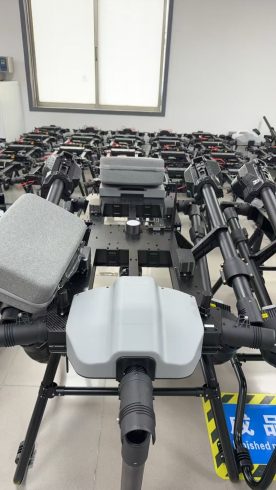
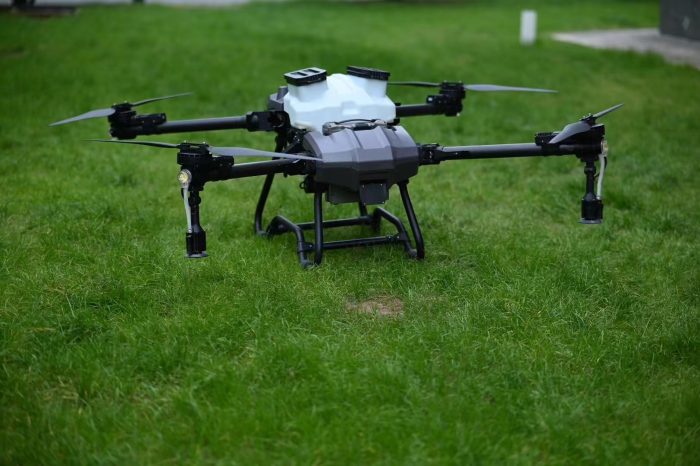

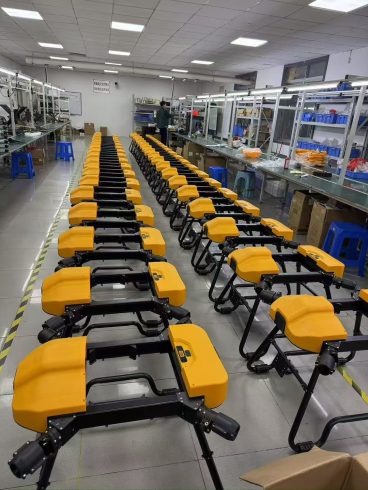
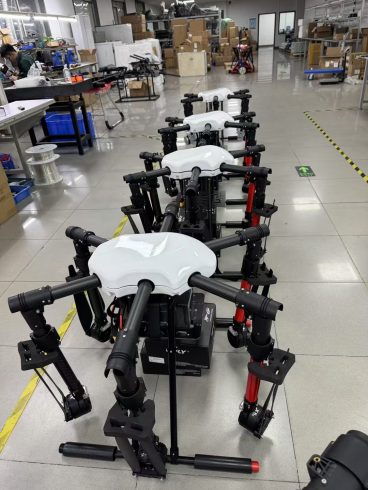

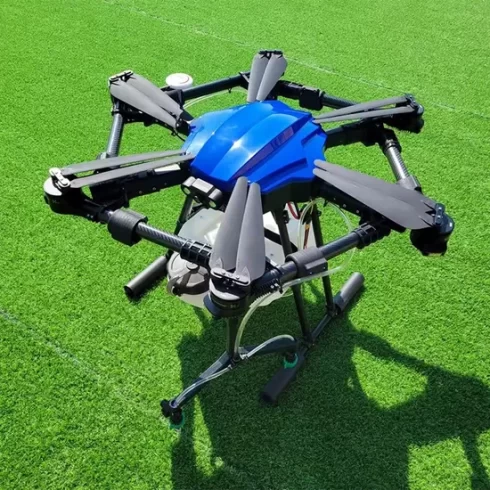


暂无评论内容